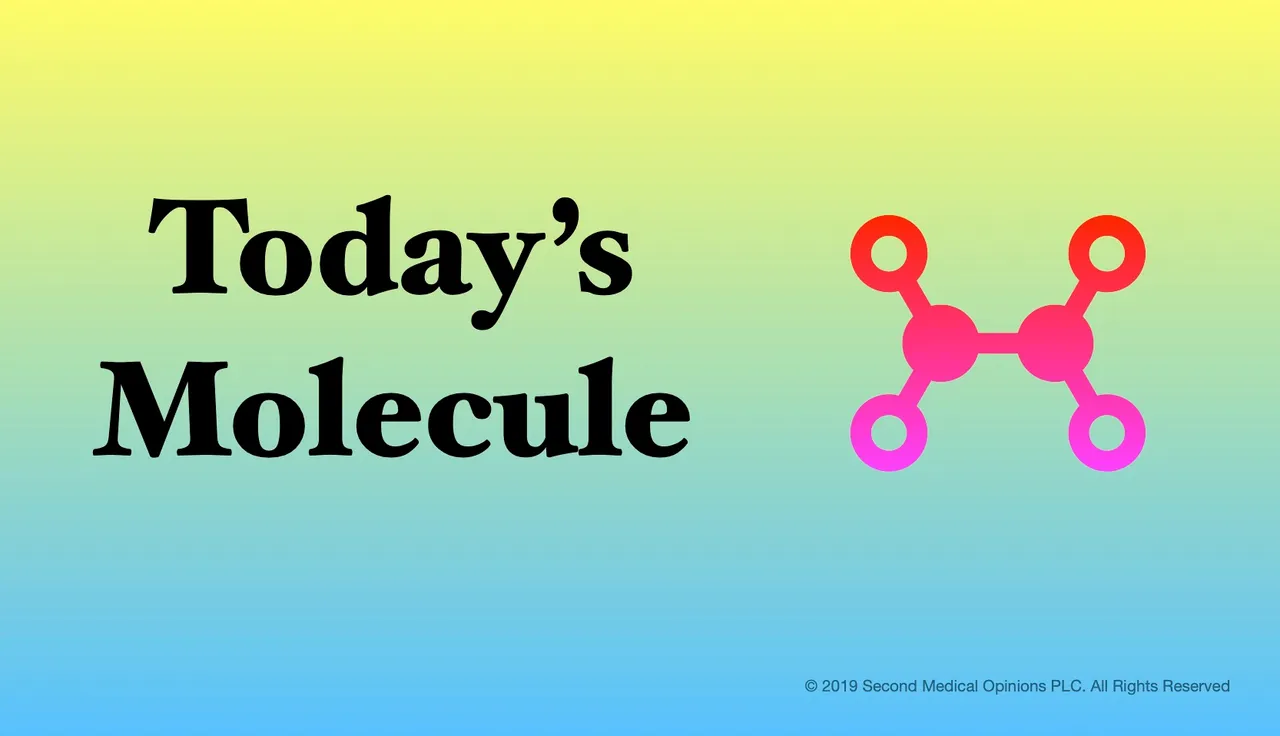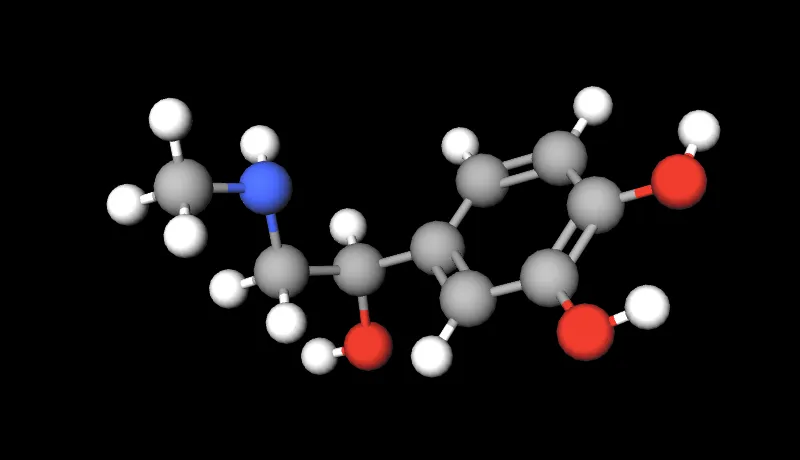
Molecular weight: 183
Formula: C9H13NO3
Adrenaline is a molecule which functions as a hormone and neurotransmitter. Its actions are mediated by alpha (α) and beta (β) receptors. As a hormone, its actions in the vascular system, the liver, the lungs, the heart, the kidneys and the brain. As a neurotransmitter it mediates the actions of the sympathetic nervous system and some actions in the central nervous system. It plays a key role in the "flight or flight" response. It is produced in the adrenal gland and in the neurons which use it as neurotransmitter.
Adrenalin is also known as epinephrine and it has medical uses, as in the treatment of anaphylactic shock, cardiac arrest, allergic reactions and asthma attacks (among others). There is a condition called pheochromocytoma (tumor of the adrenal gland), in which adrenaline may exist in excess and cause hypertension and other autonomic symptoms
